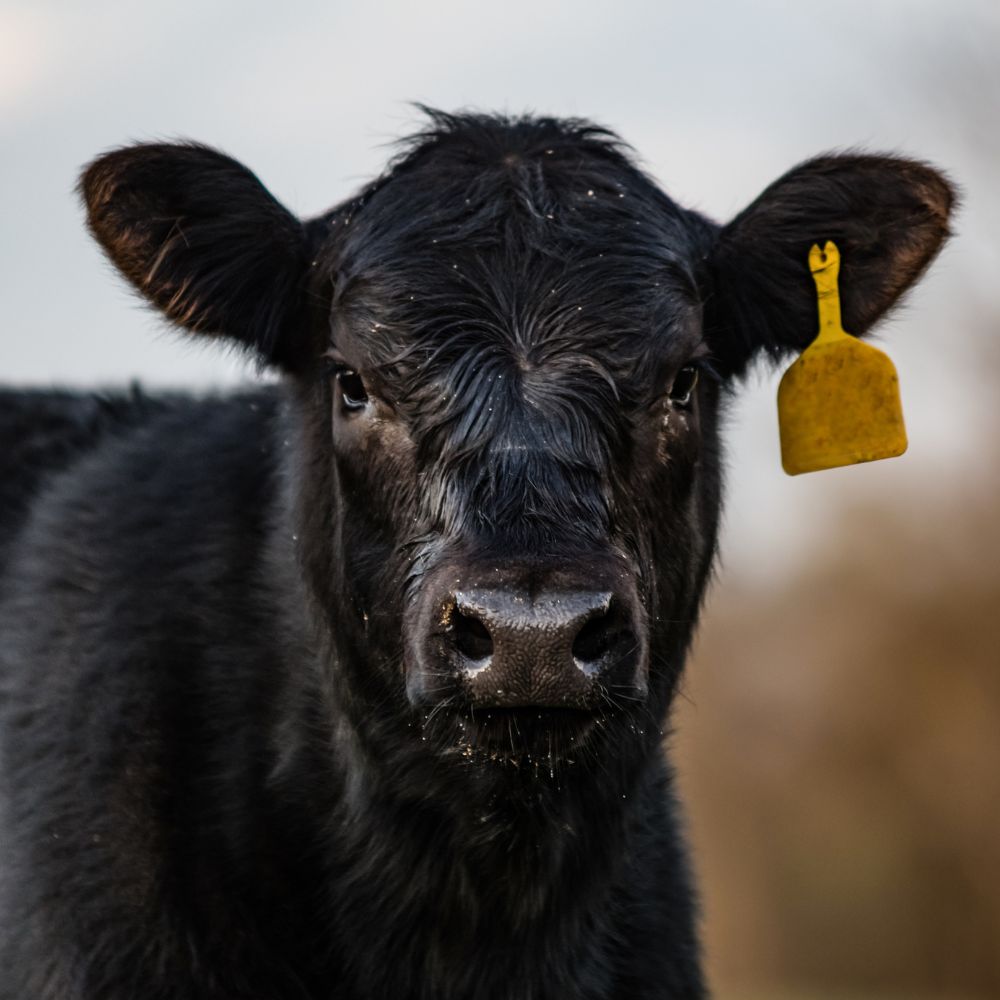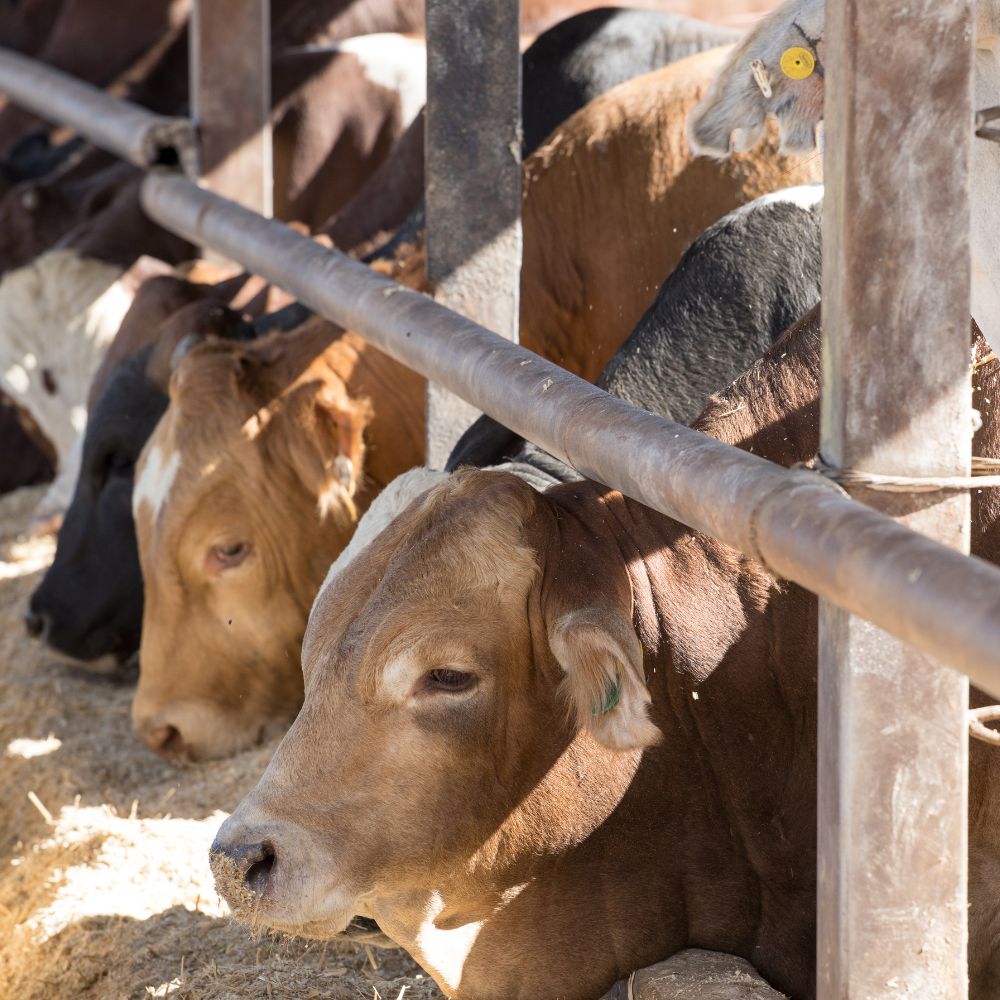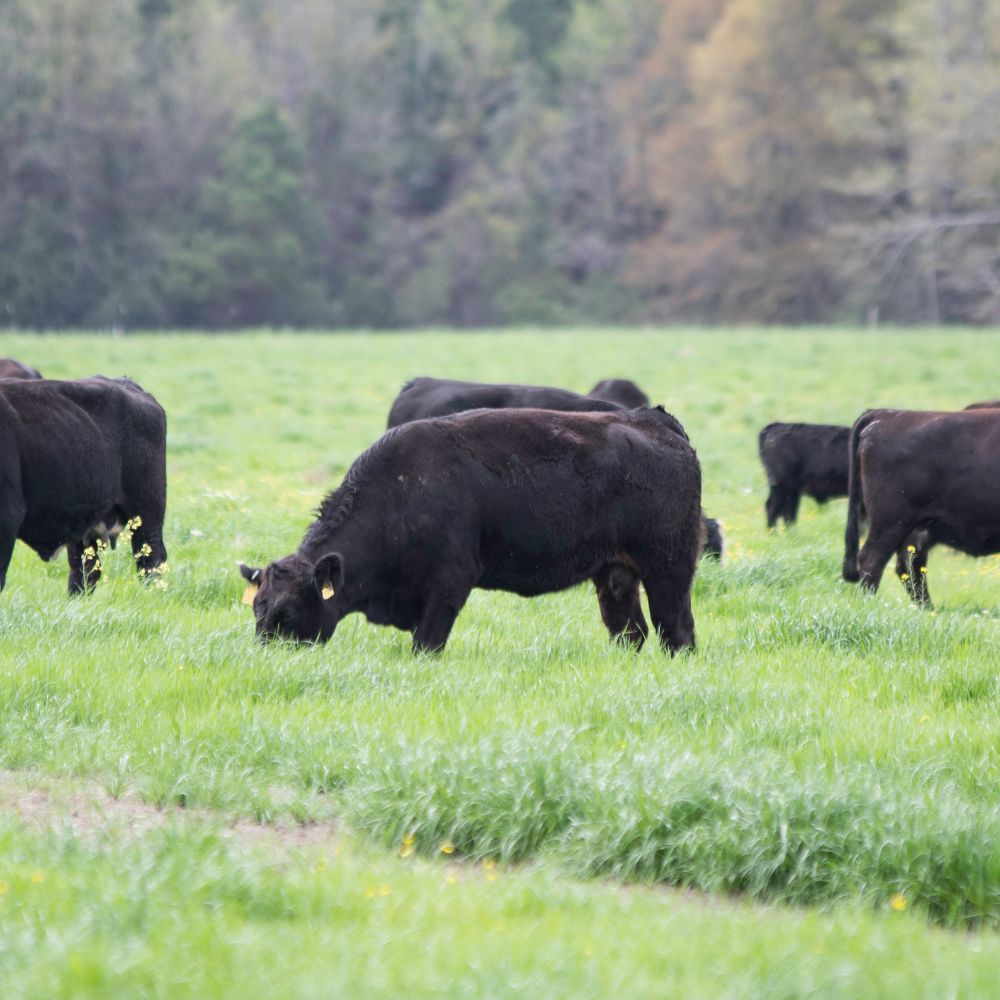The 8-Second Trick For Bagley Risk Management
The 8-Second Trick For Bagley Risk Management
Blog Article
The smart Trick of Bagley Risk Management That Nobody is Talking About
Table of ContentsFascination About Bagley Risk ManagementThe smart Trick of Bagley Risk Management That Nobody is Talking About9 Simple Techniques For Bagley Risk ManagementThe Main Principles Of Bagley Risk Management 9 Simple Techniques For Bagley Risk ManagementBagley Risk Management for Beginners
When your contract reaches its end date, the last rate is computed utilizing the CME Feeder Livestock Index. This is based upon sale barns throughout the Midwest (not simply your regional market). If the index falls below your contract's protection price, you may be paid the difference. Rate Change Aspects will apply.Livestock Threat Defense (LRP) is a USDA subsidized insurance program that aids protect producers from the threats that originate from market volatility. With LRP, manufacturers are able to insure a floor price for their livestock and are paid an indemnity if the marketplace value is lower than the insured price.
This item is meant for. Rma LRP.
Bagley Risk Management for Dummies

In the last pair of months, numerous of us at FVC and PCM have gotten concerns from manufacturers on which threat monitoring device, LRP vs. Futures, is much better for a pork manufacturer? Like a lot of tools, the solution depends upon your procedure's goals and circumstance. For this edition of the Dr.'s Corner, we will examine the circumstances that have a tendency to favor the LRP tool.
In Mike's analysis, he contrasted the LRP estimation versus the future's market close for each day of the previous twenty years! The portion expressed for each month of the provided year in the first area of the table is the percent of days in that month in which the LRP calculation is less than the futures close or simply put, the LRP would potentially compensate even more than the futures market - https://giphy.com/channel/bagleyriskmng. (Livestock risk protection insurance)
As an instance, in January 2021, all the days of that month had LRP possibly paying greater than the futures market. Conversely, in September 2021, all the days of that month had the futures market potentially paying greater than LRP (zero days had LRP less than futures close). The propensity that dawns from Mike's evaluation is that a SCE of a LRP has a greater chance of paying more versus futures in the months of December to May while the futures market has a greater chance of paying extra in the months of June to November.
Bagley Risk Management Things To Know Before You Get This

50 or $5. 00). As an instance, in 2019, LRP was better or within a $1. 25 of the futures market over 90% of the days in all the months except June and August. Table 2 shows the ordinary basis of the SCE LRP calculations versus the future's close for the given amount of time annually.
Again, this information sustains extra probability of an SCE of a LRP being much better than futures in December with May for many years. As an usual caution with all analysis, past efficiency is NO guarantee of future performance! It is imperative that manufacturers have accounting procedures in place so they know their expense of production and can better determine when to make use of risk monitoring devices.
The Buzz on Bagley Risk Management
Some on-farm feeders might be contemplating the demand for price security at this time of year on calf bones retained with the intent to feed them to a coating weight at some point in 2022, making use of readily available feed resources. Regardless of solid fed cattle rates in the current regional market, feed prices and current feeder calf bone worths still make for limited feeding margins relocating forward.
23 per cwt. The present typical public auction rate for 500-600 pound guides in Nebraska is $176 per cwt. This suggests a break-even rate of $127. 57 for the 1,400-pound guide in July of 2022. The June and August live livestock contracts on the CME are currently trading for $135. 58 and $134.
Cattle-feeding enterprises often tend to have limited margins, like many agricultural business, because you can check here of the affordable nature of the business. Cattle feeders can bid extra for inputs when fed livestock prices increase. https://www.directorytogoto.com/articles/bagley-risk-management-navigating-livestock-risk-with-lrp-insurance. This increases the rate for feeder livestock, specifically, and rather increases the prices for feed and other inputs
Bagley Risk Management Can Be Fun For Anyone
Areas much from significant processing centers often tend to have an adverse basis. It is necessary to keep in mind that local impacts likewise influence basis values for 500-600 pound steers in the loss. As an example, Nebraska cattle are close to major handling centers. Because of this, basis is favorable or no on fed livestock throughout much of the state.
Only in 2020 did the LRP coverage price exceed the ending value by enough to cover the costs expense. The net impact of having this LRP coverage in 2019-20 was considerable, adding $17.
37 The manufacturer premium decreases at reduced protection degrees but so does the protection rate. The effect is a reduced internet result (indemnity premium), as protection degree declines. This shows reduced efficient degrees of protection. Nonetheless, because producer premiums are so low at reduced insurance coverage degrees, the producer loss proportions (indemnity/premium) rise as the protection degree declines.
The smart Trick of Bagley Risk Management That Nobody is Discussing
As a whole, a manufacturer needs to look at LRP insurance coverage as a system to secure outcome price and subsequent earnings margins from a risk management perspective. Some manufacturers make a case for guaranteeing at the lower levels of protection by focusing on the choice as an investment in risk monitoring security.

Report this page